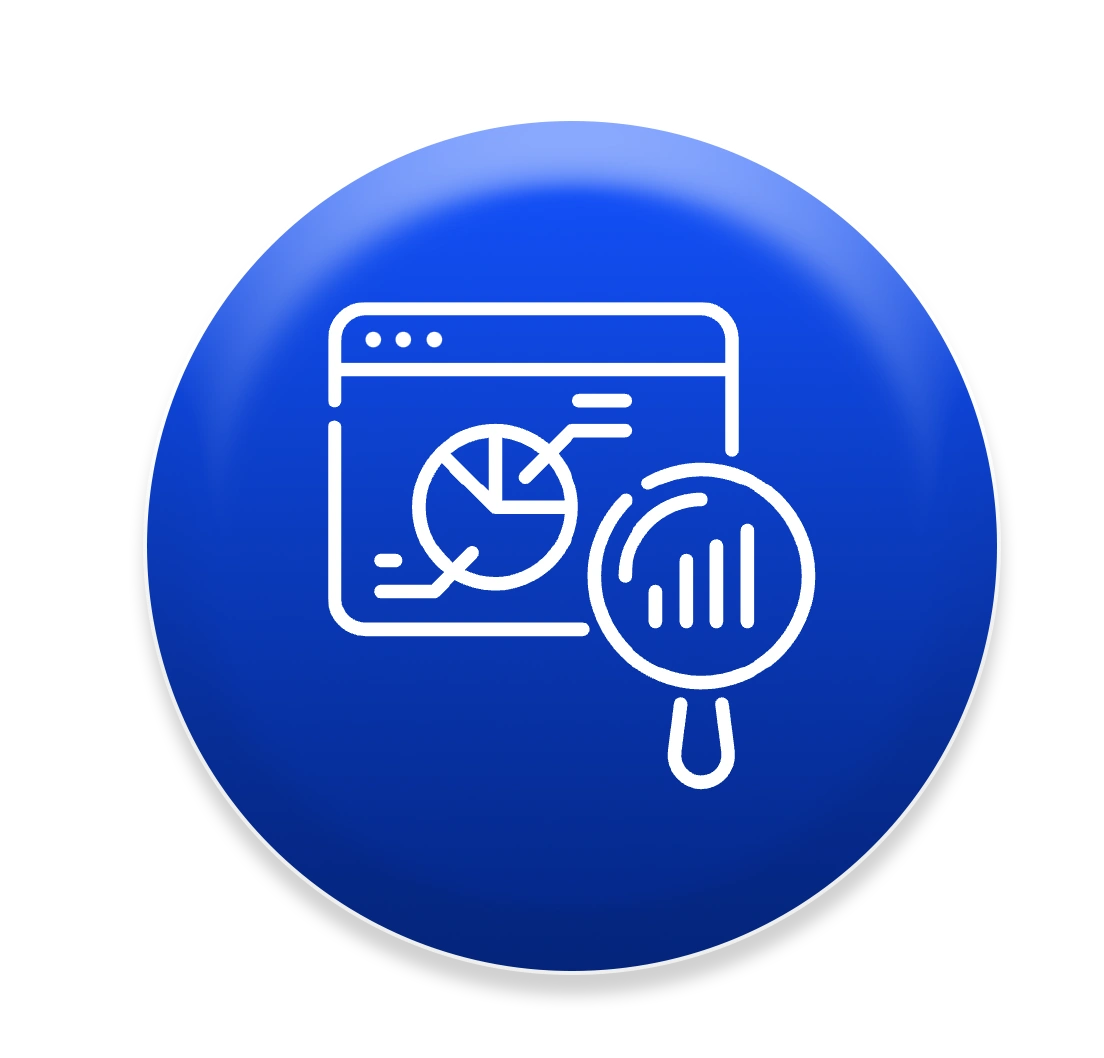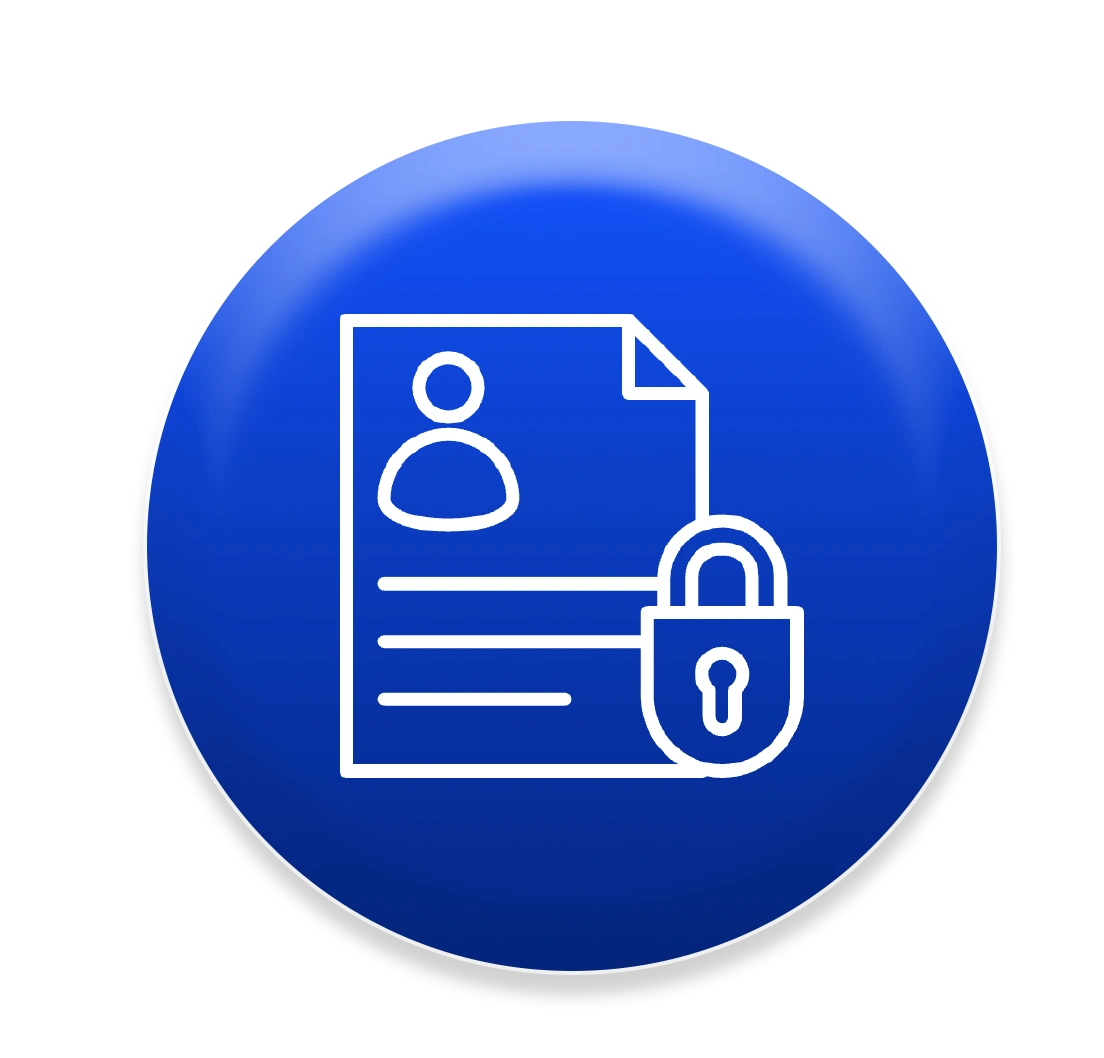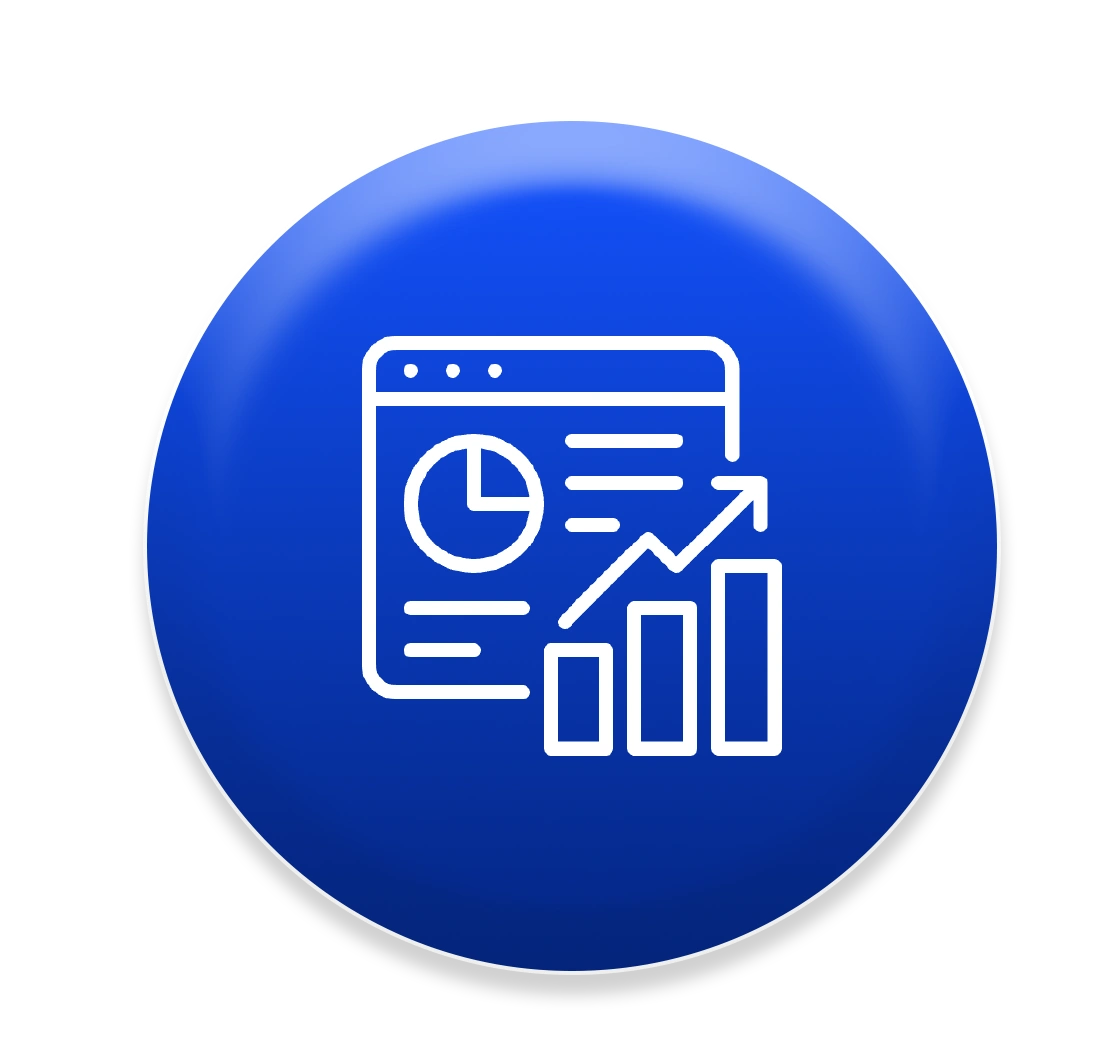2 PB of Data Analyzed and Modernized, Enhancing Efficiency for a Top 5 Medical Device Manufacturer


Business Need
-
Data Ownership Identification: Determining data ownership across the three subsidiaries (energy, healthcare, and airline) for efficient data management.
-
Healthcare Data Segregation: Segregating healthcare data from the global file estate to enhance data access and sharing within the healthcare vertical.
-
Re-Permissioning of Files: Ensuring appropriate permissions based on vertical and users to maintain data security.
-
Privacy Assessment: Conducting a privacy assessment to safeguard healthcare data and meet regulatory requirements.

Challenges Faced
-
Data Silos: Data silos hindered efficient data sharing and accessibility across the subsidiaries.
-
Lack of Data Ownership: Unclear data ownership led to confusion and inefficiencies.
-
Lack of Data Knowledge: Insufficient data knowledge impeded effective data management.
-
Lack of Data Visibility: Limited data visibility made data tracking and governance challenging.
-
Data Sprawl and Privacy Risks: Uncontrolled data sprawl exposes private data to potential risks.

Solution Offered

Metadata Analysis
Through metadata analysis and data tagging, duplicates were removed, and data owners were identified based on verticals, enhancing data understanding and governance

Re-Permissioning
Files were re-permissioned based on ownership, ensuring secure and controlled access to data.

Content Analytics
The software facilitated content analytics, identifying files containing personally identifiable information (PII) for enhanced risk mitigation.

Mobility
Metadata scanning of 10s of 100s of files and automated policy-driven capabilities facilitated seamless data migration across the healthcare vertical.
Business Impact
Healthcare Data Segregation: 2 PB of healthcare data across six geographical locations were successfully moved to the healthcare vertical, simplifying data access and sharing.
Enhanced Data Understanding: Data enrichment through file metadata discovery, classification, and tagging resulted in a reduction of data storage waste by eliminating duplicate files.
Future-Proofing Against Penalties: A robust data management lifecycle model was established, providing a strong foundation to fend off future penalties and reputational damage.
Secure Data Access: Patient diagnostics and sensitive healthcare data were protected with automatic access control, policy-driven file re-permissioning, and robust file security management.
